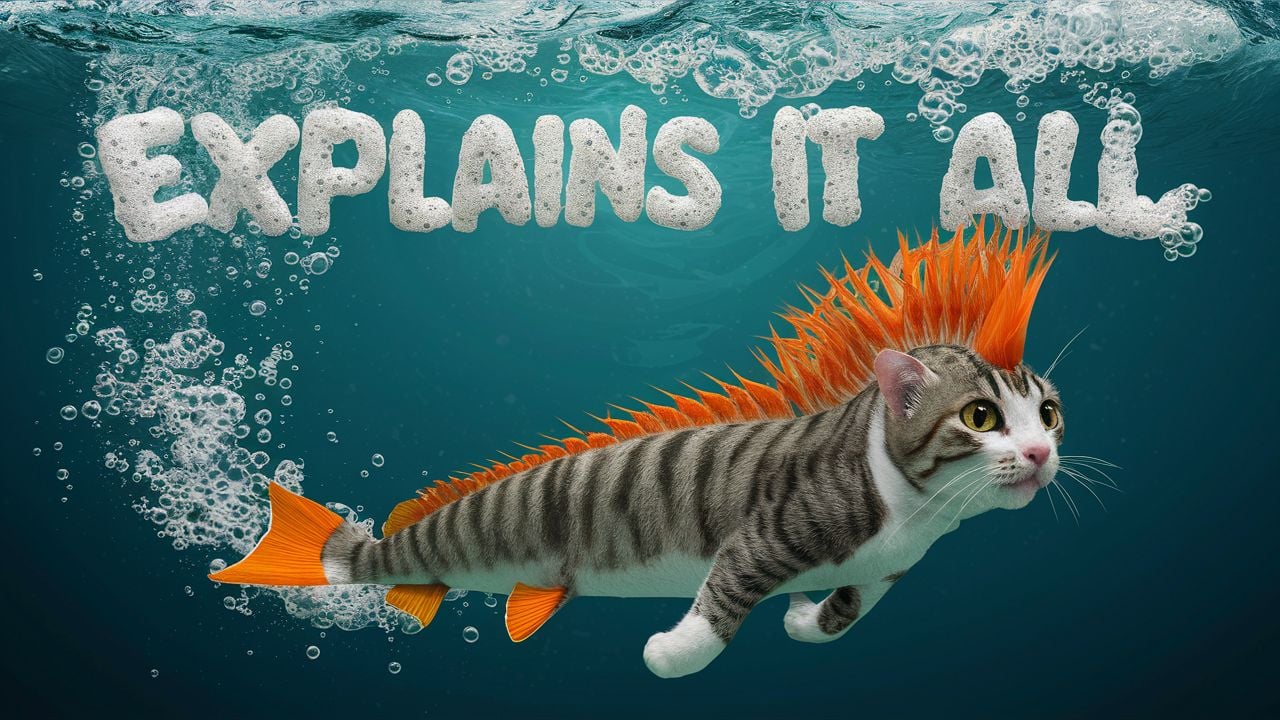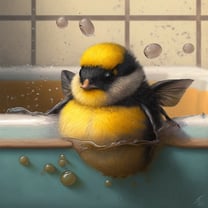I changed my mind (partially) on Peter Pan after researching for this blog. I came into it hit over...
Taylor Swift References Peter Pan [Part 1]
And so did I:
Before we decipher Taylor Swift's newest song, Peter, let's look at the source material to get a foundational knowledge of the author, the time period, and themes in the story.
The novel, Peter and Wendy, written by, a Scottish novelist and dramatist (9), J. M. Barrie in 1911, which is based upon the play, and is known today as simply Peter Pan (8).
Numerous literary and cinematic adaptations of the mythical Peter Pan have been produced, most of which, through youthful animated book coverings, simple diction, and ratings that are appropriate and directed towards children's entertainment, target a young audience. These adaptations include Steven Spielberg's Hook (1991), Disney's Peter Pan: The Return to Neverland (2002), P.I Hogan's Peter Pan (2003), Mark Forester's Finding Neverland (2004), Dave Barry and Ridley Pearson's Peter and the Starcatchers (2004), Peter and the Shadow Thieves (2006), Peter and the Secret of Rundoon (2007), and Geraldine McCaughrean's Peter Pan in Scarlet (2006) to name a few (9).
The Peter Pan narrative that is most recognized today is far different than the one that Barrie once created. The male homosocial desire displayed between Peter and Hook in Barrie's narrative is neglected by, or removed, from contemporary adaptations, which is indicative of society's tendency to heterosexualize, especially when these adaptations are targeted towards a young audience (9).
The most significant difference is in the boy's appearance. Disney’s image of Peter exaggerates the boy's "masculinity", differing from the concept of the boy that Barrie created. Although Barrie's Peter is a boy, no older than some of the other orphaned children, Disney makes him much larger and much older than the Lost Boys. In addition to his larger physique, his voice is also more mature than the squeaky voices of the Lost Boys. Essentially, Disney depicts Peter as an adult with child~like qualities. By constructing Peter as "man-like," Disney paternalizes Peter's relationship with the Lost Boys, giving the all male relationship a familial structure (9).
Further, Disney's portrayal of Hook ignores Hook's effeminacy, and his dependency on Peter's existence (9).
To prevent the possibility of homosexual anxiety, the adaptations focus on the girls/women and exaggerate the heterosexual components of Barrie's Peter Pan stories. Removing both the sexuality of the pirates and the Lost Boys is Ignoring the queer undercurrents and the issues of masculinity that saturate the author's collected works (9). In addition, Frohman's decision to cast a female actress to play the part of Peter demonstrates a tendency to heterosexualize the text.
An additional example of how the retellings take a heteronormative view comes from the concluding paragraph of "The Little House" chapter of the original text:
After a time he fell asleep, and some unsteady fairies had to climb over him on their way home from an orgy. And of the other boys obstructing the fairy path at night they would have mischiefed, but they just tweaked Peter's nose and passed on. (Peter Pan 102)
Egan further exaggerates the heterosexuality of Peter Pan when he assumes that Tinker Bell, the highly sexualized fairy and native of Neverland, and Peter have had sexual interactions. He argues that the text "confronts heterosexuality primarily in the figure ofTinker Bell," who wears "seductive negligees” and attends fairy orgies (Egan 46). Nowhere in this paragraph does Barrie indicate the gender of the other fairies, nor does he mention their sexual orientation; yet, without these specifications Egan assumes that the orgy is a purely heterosexual occurrence (9).
Sidenote: If you’re not up on your fairy gender and sexuality here’s a source that goes into it:
The Peter Pan we recognize today is far from the effeminate, sexually ambiguous 6-year-old boy whom Barrie conceived in Edwardian England (8).
The Peter Pan story that most people are familiar with today derives from Disney's version, not Barries. The corporation modified Barrie's original and extracted the homosocial, the homoerotic and any sexual ambivalence to accommodate a broad cinematic audience (9).
Stay tuned for the rest of the Peter Pan Series!
Sources:
1] https://disney.fandom.com/wiki/Lost_Boys
2] https://muse.jhu.edu/article/758591
3] https://www.researchgate.net/publication/231904832_Peter_Pan_and_the_White_Imperial_Imaginary
5] https://aahabershaw.com/2016/02/22/boyhood-manhood-and-peter-pan/
6] http://komunikata.id/index.php/komunikata/article/view/236
7] https://animatedmeta.wordpress.com/2014/12/06/peter-pan-and-gender-roles/
8] https://honors.libraries.psu.edu/files/final_submissions/4462
9] https://macsphere.mcmaster.ca/bitstream/11375/9569/1/fulltext.pdf
10] https://www.123helpme.com/essay/Gender-Roles-in-Peter-Pan-by-J-273202
11] https://disney.fandom.com/wiki/Lost_Boys
13] https://en.wikipedia.org/wiki/Stereotypes_of_Indigenous_peoples_of_Canada_and_the_United_States
15] https://apnews.com/article/super-bowl-native-american-mascot-chiefs-41397b038e03c01865d42a3f77766c98


